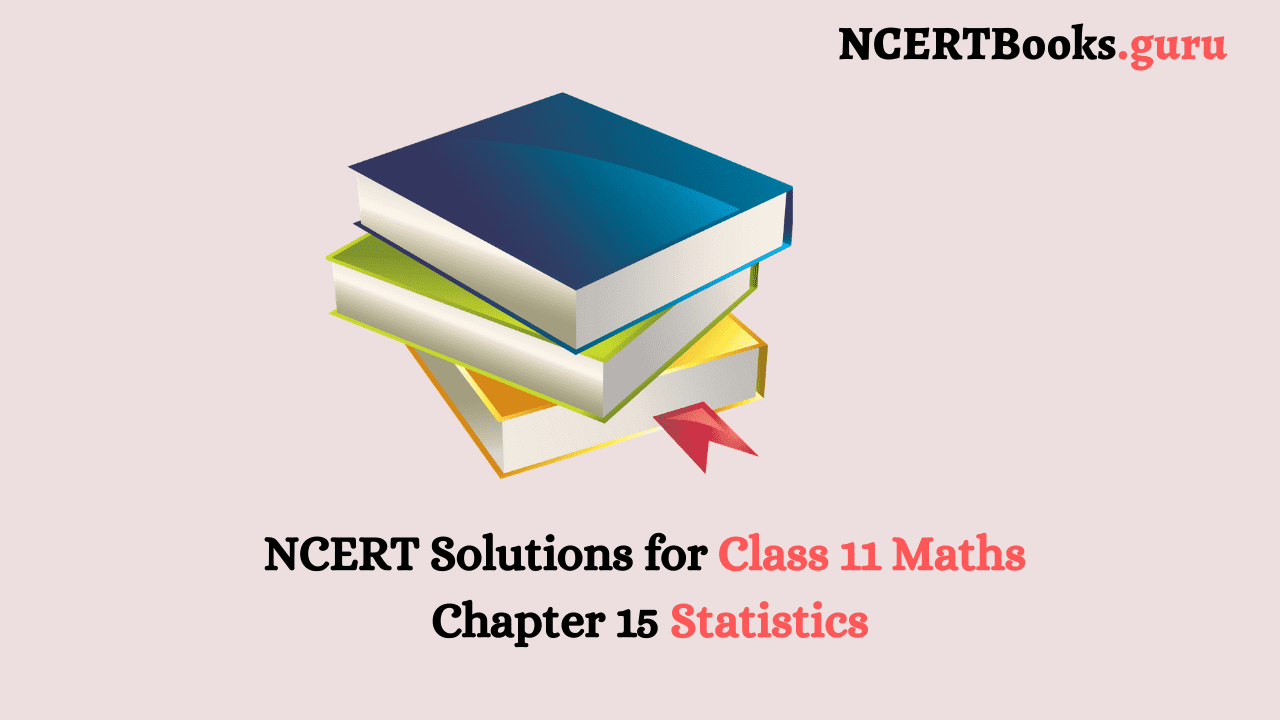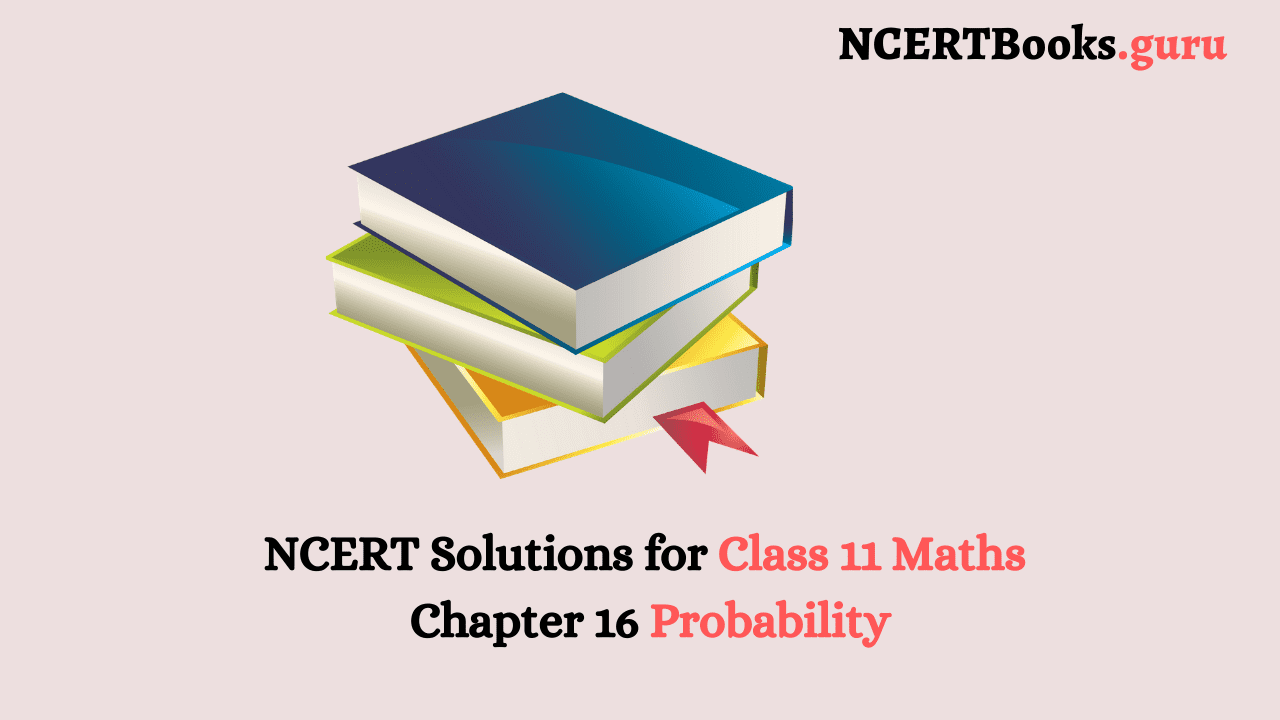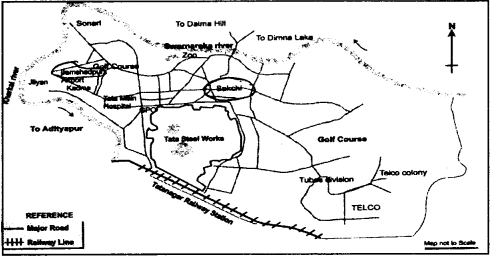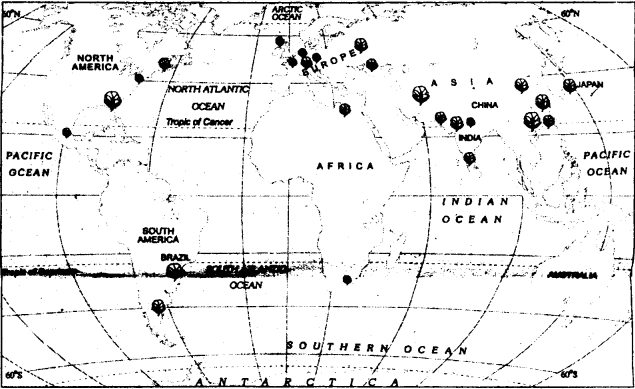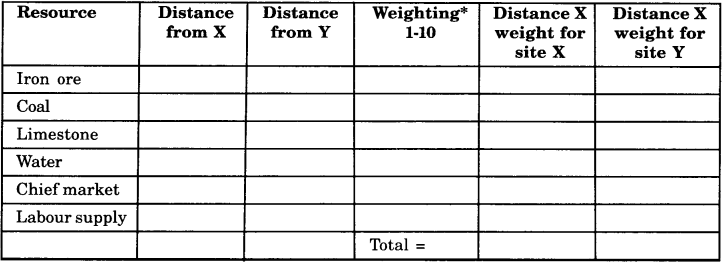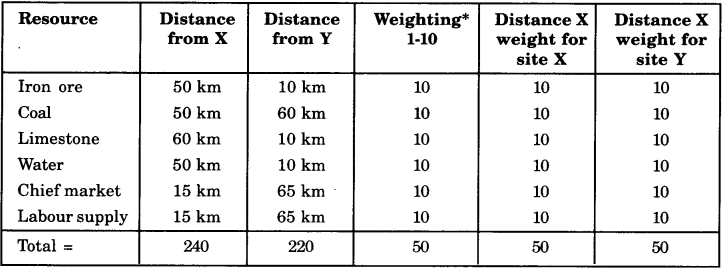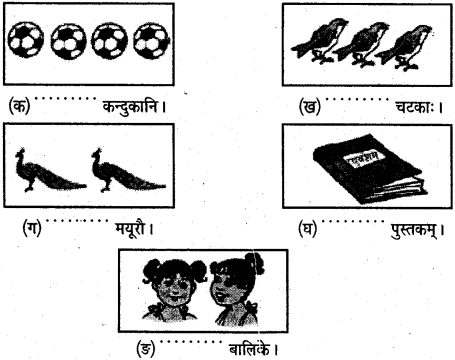On Equality Class 7 Questions and Answers Civics Chapter 1
Class 7 Civics Chapter 1 NCERT Textbook Questions and Answers
Question 1.
Do you think Kanta has enough reason to doubt whether she really is equal ? List three reasons from the story that might make her feel like this.
Answer:
Yes, Kanta has enough reason to doubt whether she really is equal.
Reasons
- She has the right to vote.
- She can earn money from the work she does.
- She can cast her vote in favour of her choice of candidate.
Question 2.
✓ ALLIANCE invited for 32/MMS/5’4″/fair/b’ful girl
working in IT Co. Mumbai from BE/MBA boy working in Mumbai/Abroad from IT Industry Caste no bar. SC/ST excuse. Send BHP (must)
PROF Qlfd B’ful tall girl 4 Gupta Boy 28/6′ CA Working MNC TXS USA $ 80k. TAMIL BRAHMIN Iyengar groom, 1981 born, Naithruvakashyapa Gothram, Swathi Star, 180cms, tall, fair.
Circle the reference to caste in the matrimonial advertisement given above.
Answer:
- SC/ST
- Gupta
- Brahmin.
Question 3.
Why do you think Omprakash Valmiki was being treated unequally by his teacher and his classmates? Imagine yourself as Omprakash Valmiki and write four lines about how you would feel if you were in the same situation as him.
Answer:
1. Omprakash Valmiki was a Dalit . The teacher and the classmates were of higher caste. They considered the Dalits unequal because of their lower caste and thus, discriminated them.
2. I felt very unpleased and disgusted. I want to remind my class teacher and classmates that I too, am a human being. The same blood is flowing in my body also. The constitution has granted us equal status. No body has the right to discriminate us.
Question 4.
Why do you think the Ansaris were being treated unequally? What would you do if you were in the Ansaris’ position and could not find a place to live because some people did not want to live next to you because of the religion you practice?
Answer:
1. The Ansaris’ were being treated unequally firstly for their surname and secondly they were non-vegetarian.
2. If I would be in the Ansaris’ place, I would argue with the landlady and take her to her neighbour’s house where fish was being cooked. I would also tell her that all human beings are equal and there should be no discrimination regarding caste.
Question 5.
If you were one of the Ansaris how would you have responded to the suggestion that you change your name?
Answer:
I would straightaway ask the property dealer to change his surname first.
Question 6.
Can you think of an incident in your life in which your dignity was violated? How did this make you fell?
Answer:
Question 7.
What is the midday meal programme? Can you list three benefits of the programme? How do you think this programme might help promote greater equality?
Answer:
Midday meal refers to a programme introduced in all government elemantary schools to provide children with cooked lunch.
Benefits :
- Poor children have began enrolling and regularly attending school.
- The children would often go to home and then did not return back to school. After this programme, they remain in school and their attendence has improved.
- This programme helped to promote greater equality because it reduces caste prejudices.
Question 8.
Find out about one government scheme in your area. What does this scheme do? Whom is this scheme set up to benefit?
Answer:
During winter (2010), about 5.5 lakh children of class I to HI in MCD- run primary schools in the capital will be given money to buy woollen caps or gloves.
This will be in addition to the Rupees 500 given to each student of the schools for purchasing winter uniforms. This scheme will help the poor children from the bitter winter cold and also help improve the attendence of the students.
Question 9.
In a democracy why is universal adult franchise important?
Answer:
Universal adult franchise is an essential aspect of all democracies. It is based on the idea of equality because it states that every adult in a country, irrespective of their wealth and the communities he/she belongs to, has one vote.
‘Universal adult franchise’ is important because all people can cast their votes without any discrimination.
Question 10.
Re-read the box on Article 15 and state two ways in which this Article addresses inequality?
Excerpt from Article 15 of the Indian Constitution
Prohibition of discrimination on grounds of religion, race, caste, sex or place of birth.
(1) The State shall not discriminate against any citizen on grounds only of religion, race, caste, sex, place of birth or any of them.
(2) No citizen shall, on grounds only of religion, race, caste, sex, place of birth or any of them, be subject to any disability, liability, restriction or condition with regard to-
(a) access to shops, public restaurants, hotels and places of public entertainment;
Or
(b) the use of wells, tanks, bathing ghats, roads and places of public resort maintained wholly or partly out of State funds or dedicated to the use of the general public.
Answer:
There is discrimination in India on basis of sex, race, caste and religion. But our constitution prohibited all these discriminations. There are also some inequalities even today such.
- Gender discrimination.
- Discrimination on the basis of caste still prevail in many part of our country.
Question 11.
In what ways was Omprakash Valmiki’s experience similar to that of the Ansaris?
Answer:
Similarity between their experience
- Both were discriminated on the basis on their caste (racial origin).
- Omprakash Valmiki’s had to sweep the ground while he (Ansari) was ignored and not to given the living apartment on rent in a colony.
Question 12.
What do you understand by term “all persons are equal before the law”? Why do you think it is important in a democracy?
Answer:
The Constitution recognise every person as equal. It means ever individual in the country including male and female from all castes, religions, tribes and educations are recognised equal.
The term all persons are equal before law means in the eyes of lawf all people are equal before law. Law makes no discrimination against them.
It is important in democracy because people can get the shelter to the court of get their Fundamental Rights enforced if they are not provided so.
Question 13.
The Government of India passed the Disabilities Act in 1995. This law states that persons with disabilities have equal rights, and that the government should make possible their full participation in society. The government has to provide free education and integrated children with disabilities into mainstream schools. This law also states that all public places including buildings, schools, etc., should be accessible and provided with ramps.
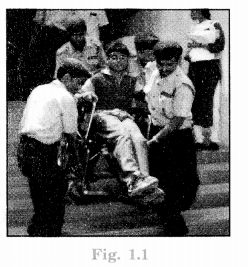
Look at the photograph and think about the boy who is being carried down the stairs. Do you think the above law is being implemented in his case? What needs to be done to make the building more accessible for him? How would his being carried down the stairs affect his dignity as well as Ms safety’?
Answer:
Yes, the above law is being implemented in his case, because ramp, facilities was not provided for the disabled people in this building.
Ramps facilities should be provided to make the building more accessible for him. As the disabled person on wheel chair is carried down stairs by the two security men, he feels insecure. It will affect his dignity as well as his safety. If he was provided with the facilities of lift or ramp he will definitely feel more secure.
NCERT Solutions for Class 7 Social Science
